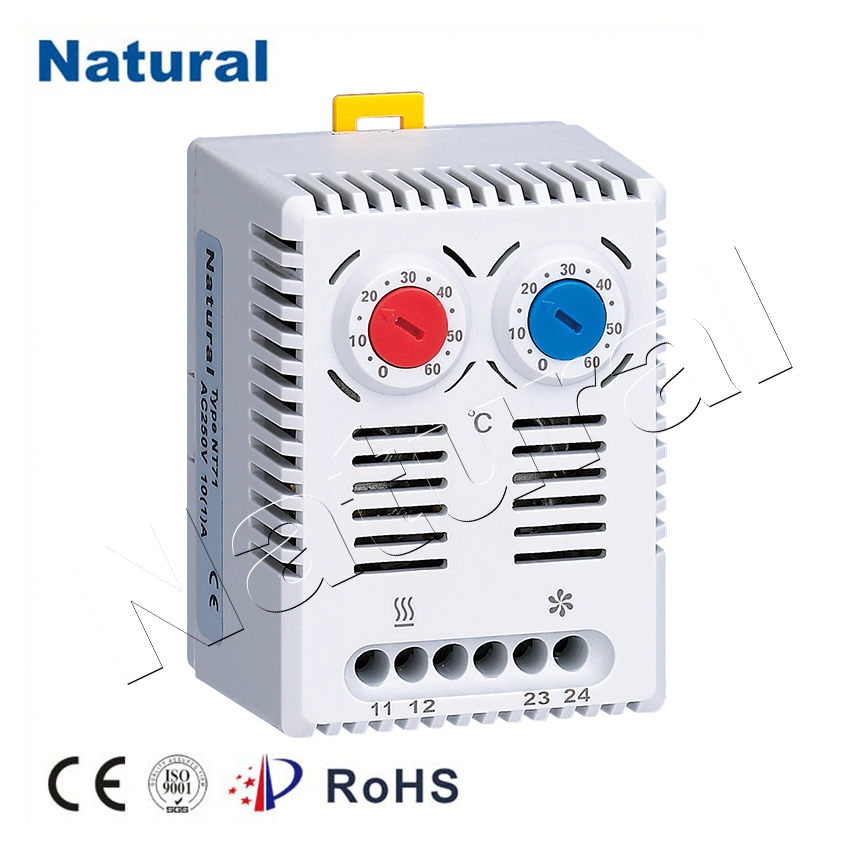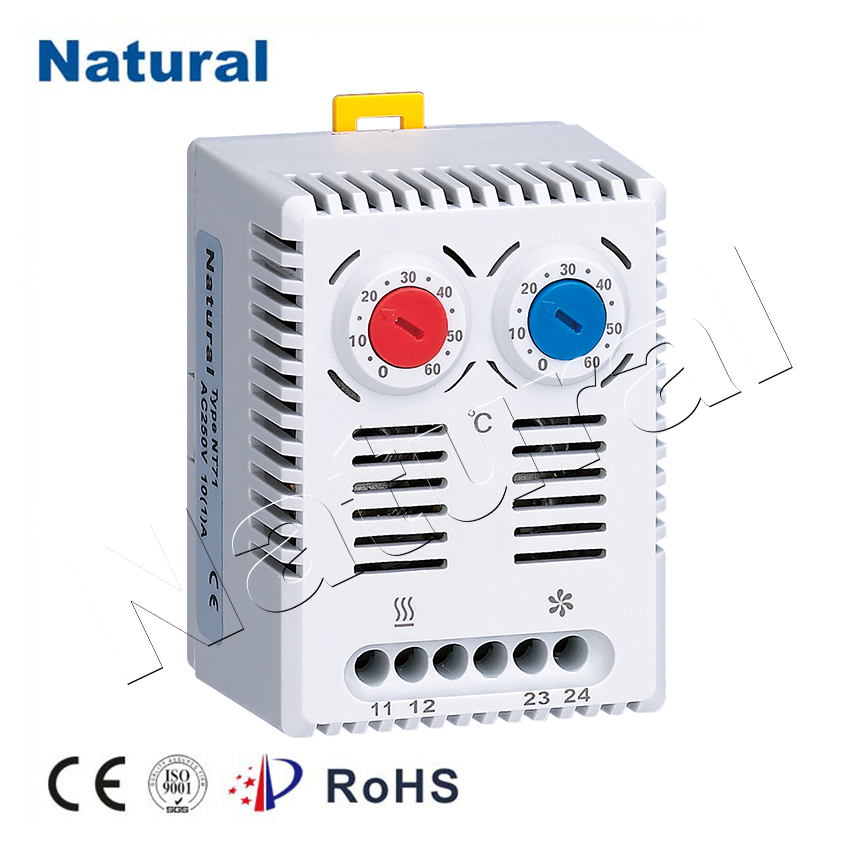In the modern era of home automation and energy efficiency, the dual thermostat has emerged as a pivotal innovation in maintaining comfortable indoor temperatures while optimizing energy consumption. This article explores the concept, functionality, benefits, and application of dual thermostats in residential and commercial settings, shedding light on why they are becoming essential components in temperature control systems.

What is a Dual Thermostat?

A dual thermostat is a temperature control device that manages two separate heating and cooling zones within a building. Unlike traditional single-zone thermostats, which regulate the temperature for one area, dual thermostats allow for two distinct temperature settings. This is particularly useful in larger homes or commercial buildings where different rooms or sections require different climate conditions due to varying levels of sunlight, occupancy, or usage. How Does a Dual Thermostat Work? The dual thermostat operates by utilizing two temperature sensors, one for each zone. These sensors continually monitor the temperature in their respective areas and communicate with the central HVAC (Heating, Ventilation, and Air Conditioning) system. When the temperature in one zone deviates from the preset level, the dual thermostat signals the HVAC system to either cool or heat that specific zone, while leaving the other zone unaffected.
